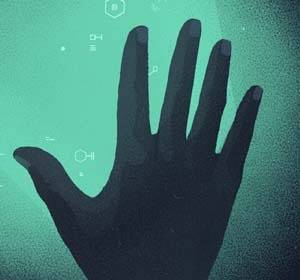
This article appears in the Witness section of the spring 2020 issue of the New Humanist. Subscribe today.
Normally there is no mistaking a brick for a living thing. After all, a brick will never reproduce or heal itself like a biological organism. But what if you could take the physical resilience and structural integrity of a brick, and combine it with a living thing, to form a building block with the ability to self-replicate and grow? Maybe such a brick could eliminate the need for the energy- and carbon-intensive kilns or chemical processes normally used to make them.
Wil Srubar and his team from the University of Colorado asked exactly these questions. By combining sand, gelatin and a culture of bacteria they have created a living brick. Cut one of their bricks in half, “feed” it, and within a day or two, each chunk will have grown into a complete brick. Moreover, the resulting material has the same strength and mechanical properties as the mortar that holds the bricks in your house together, so could easily be used for construction purposes.
The team started with photosynthetic cyanobacteria called Synechococcus. This bug is particularly hardy, so can put up with the physical stresses and strains of the process. It has one other important feature: the bacteria can precipitate calcium carbonate – basically it makes limestone from carbon dioxide and calcium. A scaffold of sand and gel was simply inoculated with the bacteria, which permeated the structure, where it then toughened up the gel via its biomineralisation processes.
To get the brick to replicate, it was divided, mixed with warm gel, food and sand. The bacteria were grown for about six hours, binding the substance together. The mix was then moulded and cooled into new bricks. The intended outcome is to create a brick that is much easier, cheaper and more environmentally friendly to manufacture than those which use traditional materials – but which still provides all the structural integrity.
Beyond this, there are other possibilities, such as self-healing materials, or embedding organisms within substances to create biomaterials with the ability to sense, react and indicate the presence of toxins.

